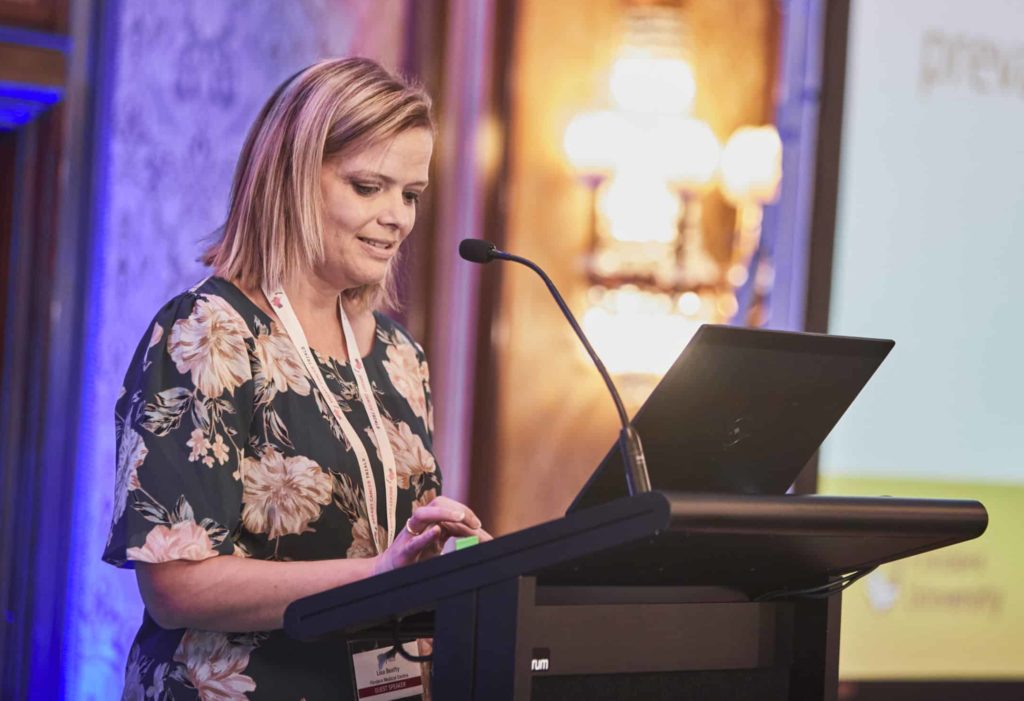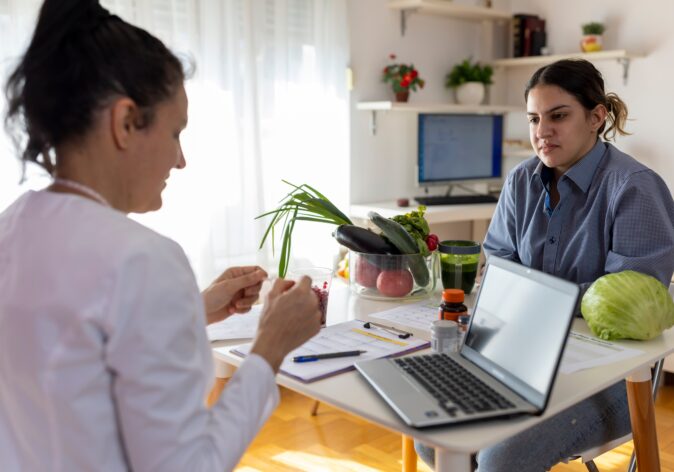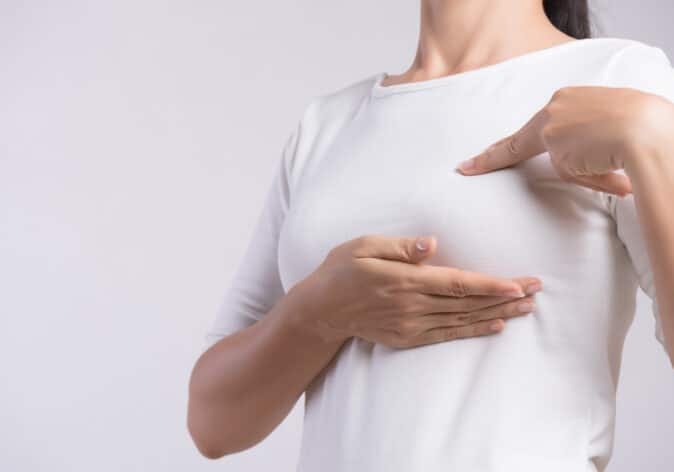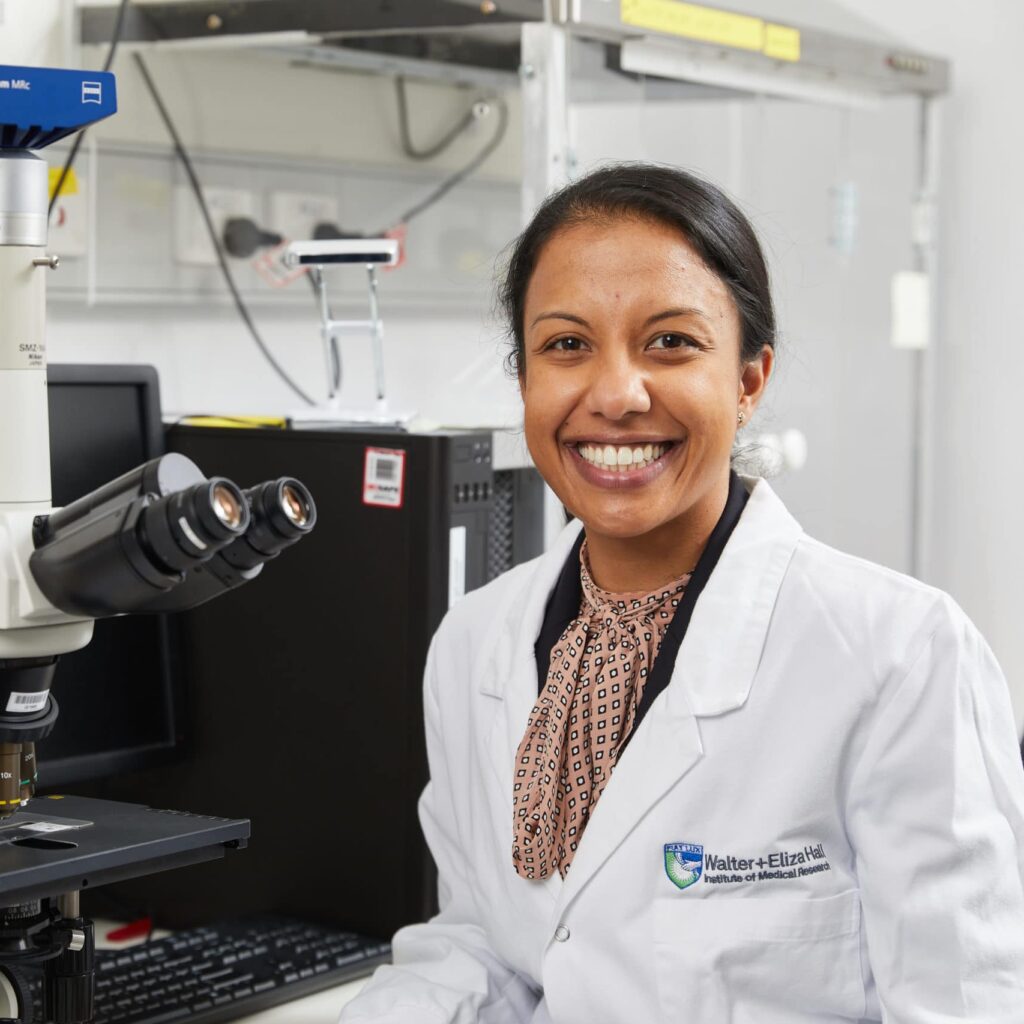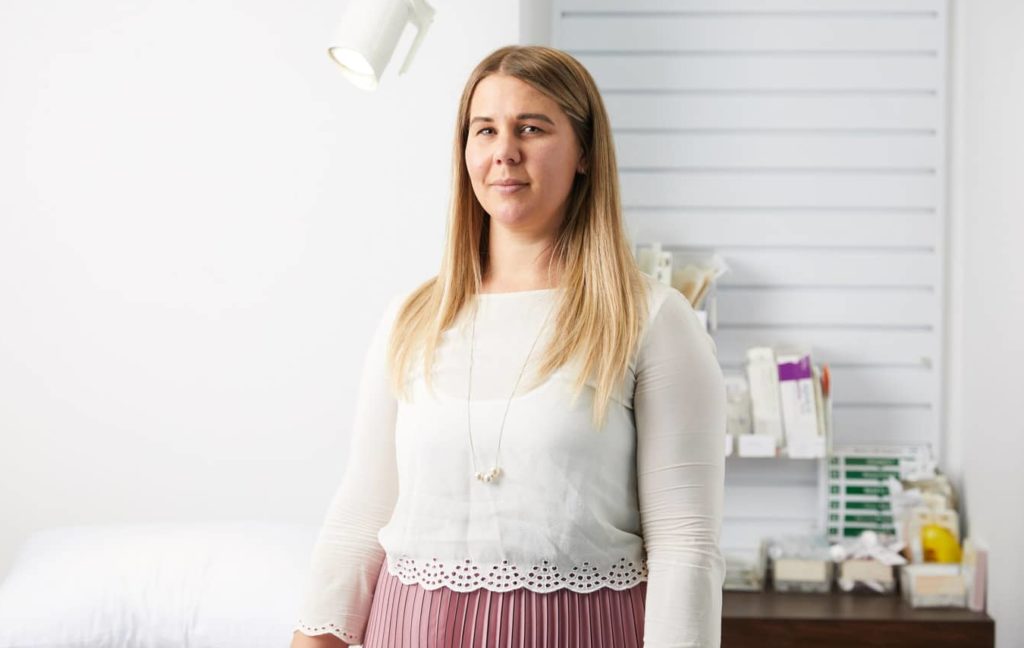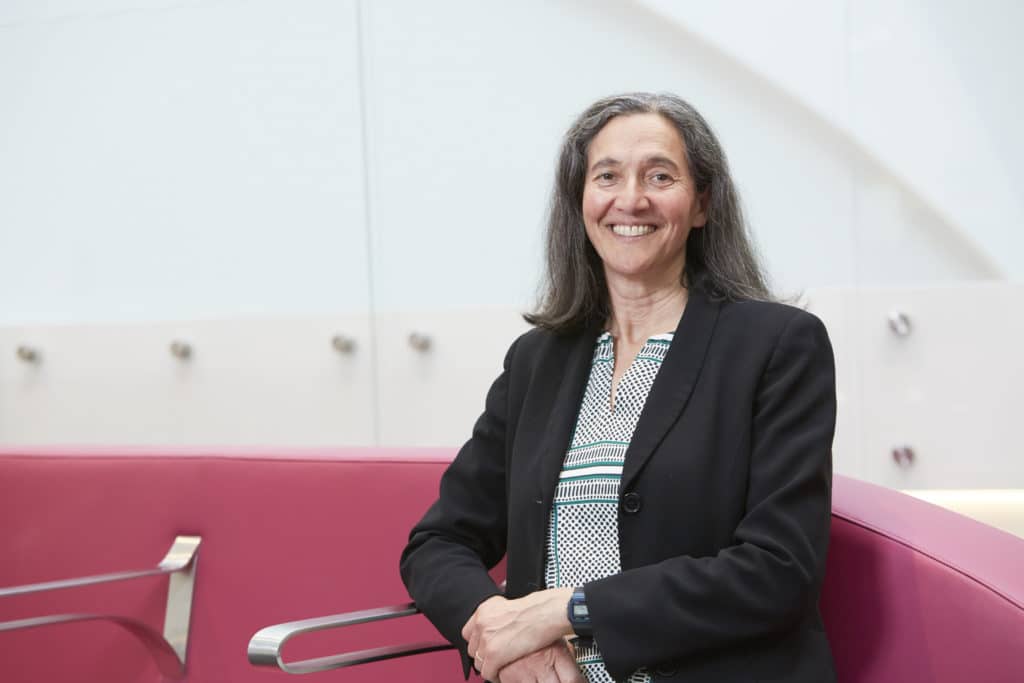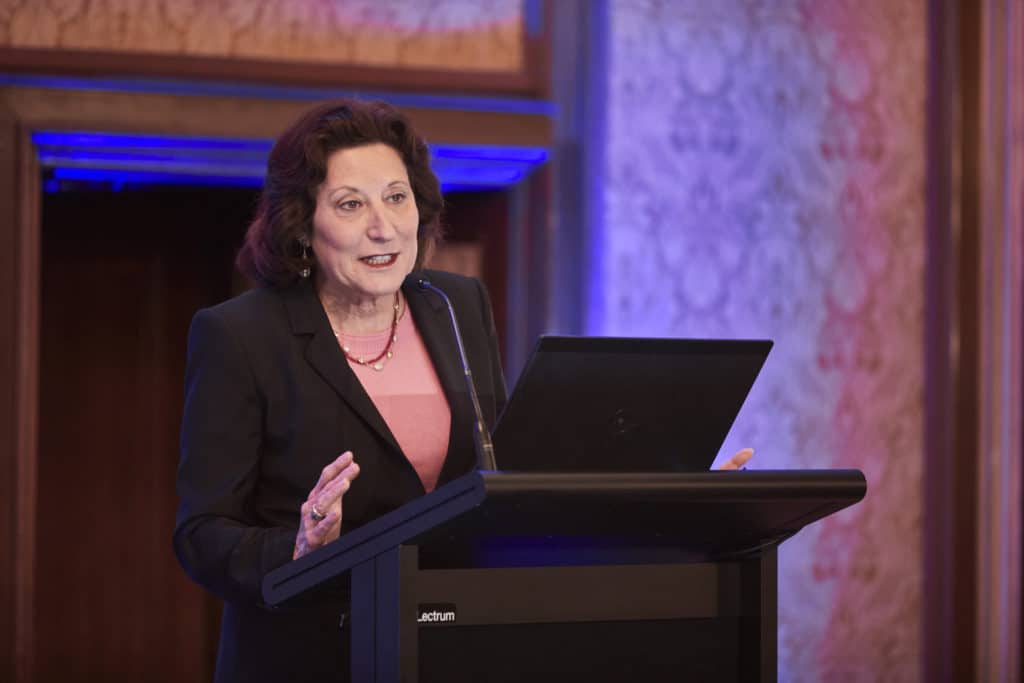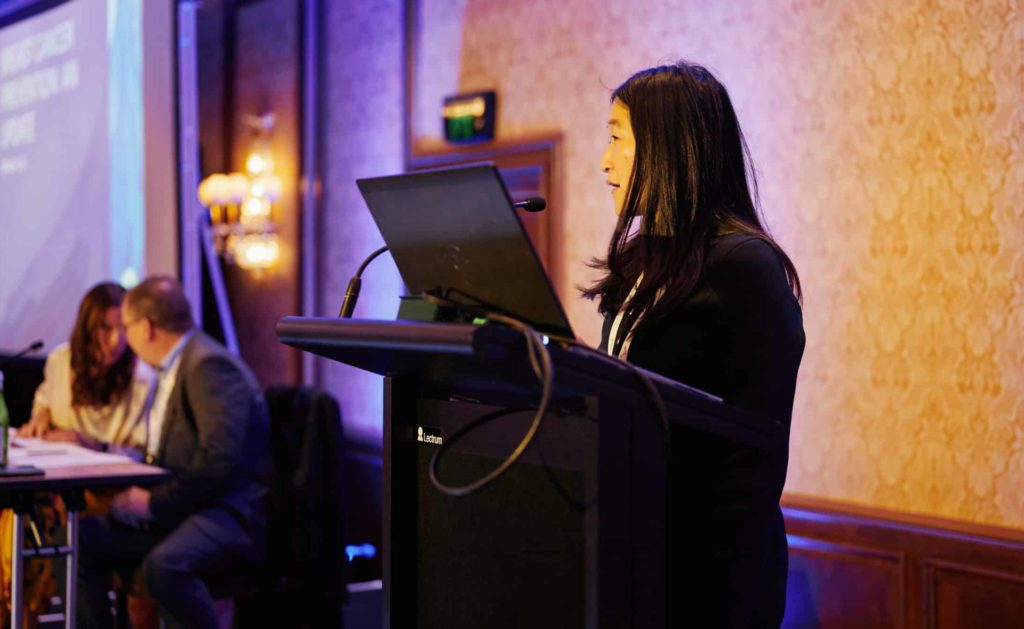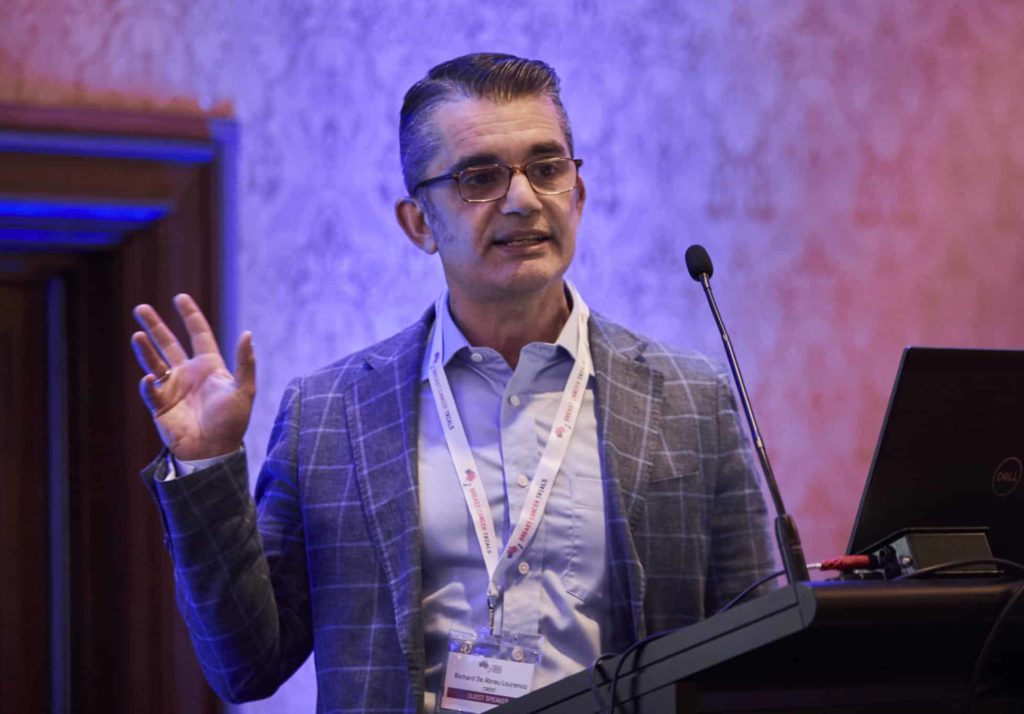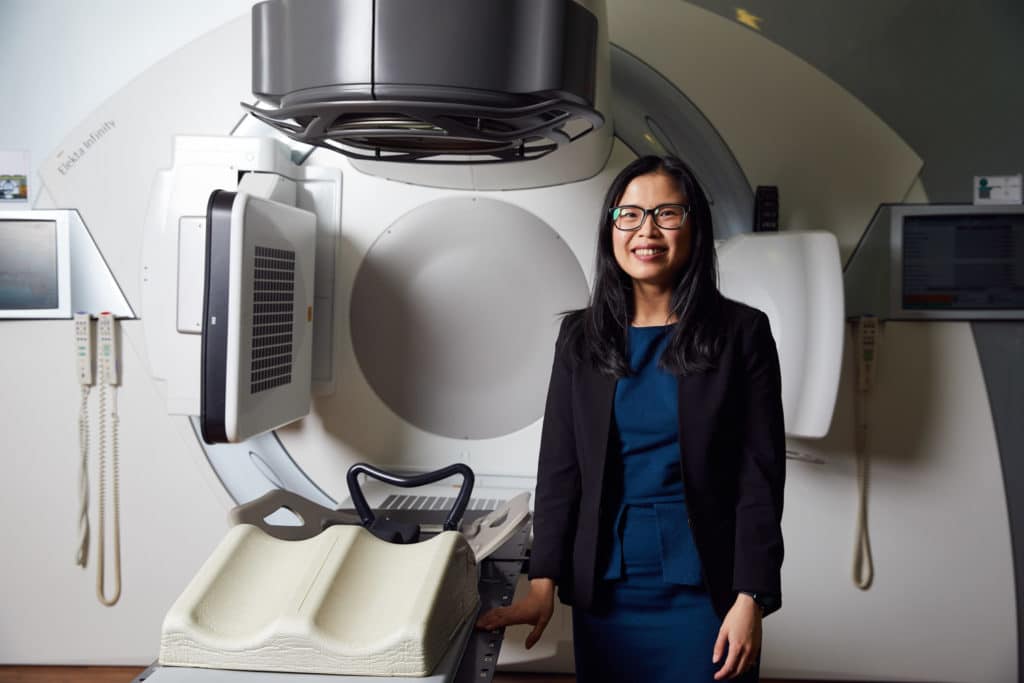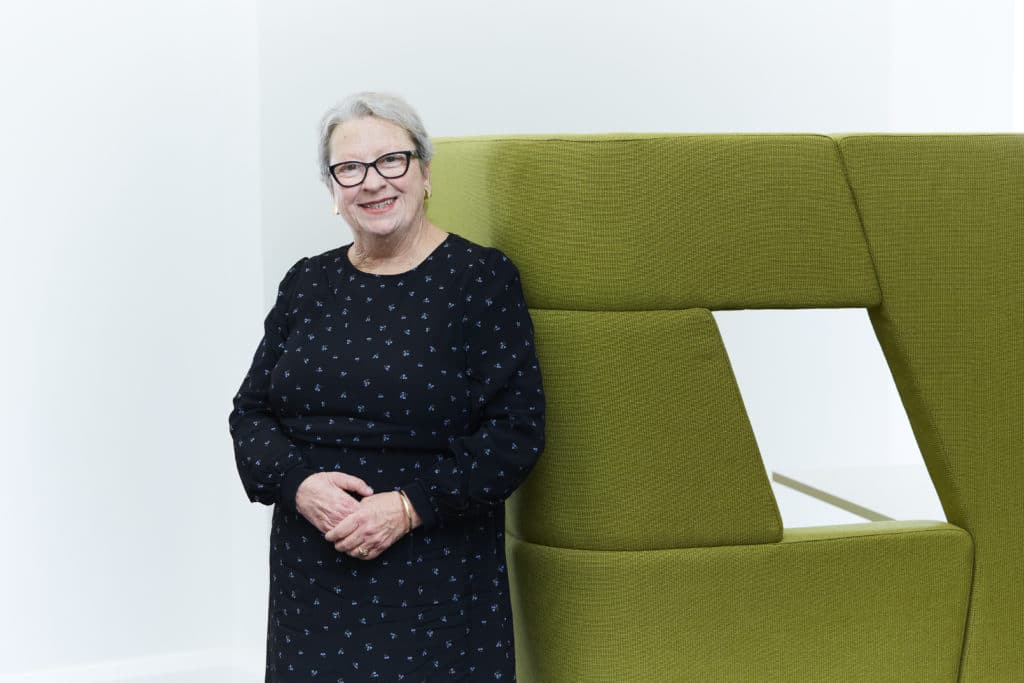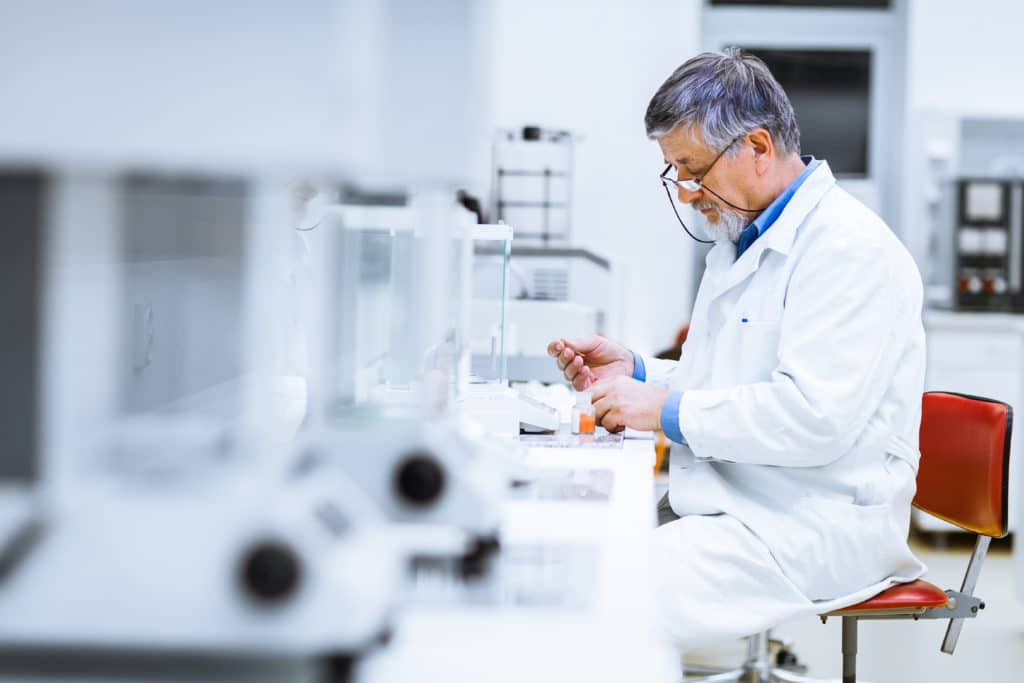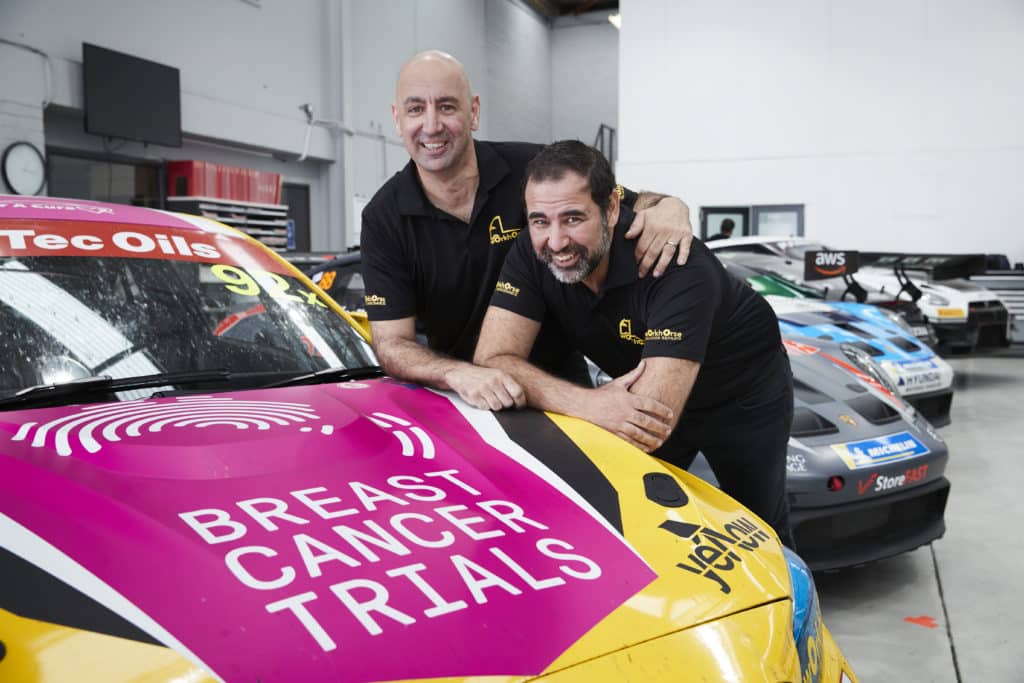What is Finding My Way?
Finding My Way is an online coping program for individuals who have been diagnosed with cancer.
The program is designed to support people through their cancer diagnosis, as well as help to provide strategies to live well despite this diagnosis.
Associate Professor Lisa Beatty is a Clinical Psychologist at Flinders University. She was a guest speaker at the 2022 BBCT ASM where we asked her to explain her talk discussing the “Finding My Way” program and how it was initiated.
“So, ‘Finding My Way’ is an online coping program for people who have been diagnosed with cancer. We’ve got two different versions. There’s one that’s designed for people with early-stage cancers where the intention is to cure their cancer, and we’ve got a new version that we’re just about to start trialling called ‘Finding My Way Advanced’, which is designed for women with metastatic breast cancer.”
“The program is designed to help support people with their most commonly experienced issues and concerns that arise after diagnosis and through treatment. And really, it’s ultimately aimed at helping to provide strategies to live well with their cancer, especially for ‘Finding My Way Advanced’, where it’s for women where there’s no end date for their treatment, they’ll be continuing to receive treatment ongoing.”
“So, it’s around maximising quality of life and giving strategies to do that while they’re going through their treatment. ‘Finding My Way Advanced’ is actually aimed at any woman at any point after they’ve been diagnosed. It’s not just for those recently diagnosed. And those who can read English fluently to be able to understand the program, as we haven’t been able to translate it yet in this current format.”
“It’s not just from the point of diagnosis, we do cover some of the issues relating to navigating healthcare that might come up at diagnosis. But we also cover things like managing your physical symptoms and side effects and coping with some of the unique challenges of knowing your illness won’t be cured. It will progress potentially at some point, but you might be stable for a long time.”
“So, managing those issues, coping emotionally, coping with changes that you might experience with your social support and how to support your loved ones as well. So, there’s a range of topics and it really is aimed at any female that’s been diagnosed at 18 and above with metastatic breast cancer.”
Listen to the Podcast
Listen to our conversation with Associate Professor Lisa Beatty as she discusses the ‘Finding My Way’ program.
How Important is it to Provide an Online Support Service?
“Yes, so that’s one of the main reasons why we went to developing these programs online is because we know that clinically significant distress, so depression, anxiety, distress after diagnosis is very prevalent. So, we know that approximately 40% of women will experience that, but of those only 29% of women, when they’re offered a service face-to-face, will actually take it up.”
“There’s lots of barriers to accessing your traditional mental health clinicians or services where they are available. And some of those barriers are for people who live in rural or remote areas, where it’s a lot harder to attend. And there might not be services available out there for those who might have other responsibilities and are juggling their personal lives, work, and other responsibilities. Trying to fit those face-to-face appointments can be really challenging.”
“So, for a range of reasons we had already developed this program to be online and that was before Covid-19 was here.”
“And now I think the whole pandemic made everyone realise how important it was that we have these online options to be able to continue providing some sort of service for those situations where no one can attend in person. And we also know that currently, or over time people are using the internet anyway to look up Dr Google, or look up information and support anyway. So it’s about trying to make sure we provide credible, reliable, evidence-based information.”
“So that’s sort of how it came about and I guess the one thing I can say is that at times we might be experiencing a little bit of zoom fatigue or online fatigue at this point in the pandemic, but it’s still here to stay. And I think people are feeling far more aware of online resources and are more familiar with them and how to use them.”
“So, we’re overcoming some of those early technology barriers as well. I think probably because of Covid-19.”
“There’s still a mental health stigma as well, where not everyone feels comfortable with going and seeing a psychologist. And then also in terms of physical illness, for many women that are physically unwell or might be experiencing some symptom burden, that means that they don’t really want to be attending yet another appointment.”
Feedback From ‘Finding My Way’ Users
“So far, we’ve done a few different versions or tests of the program for ‘Finding My Way Advanced’ for women and what we did in the first stage of testing was to basically sit side by side with the female with metastatic breast cancer, while she was navigating her way through it. We wanted to see whether there were any issues or glitches or any points of confusion that she would change.”
“So, we had the researchers sitting alongside her and that’s called a ‘think aloud’ process where we are trying to voice what was going through her mind while she was trying to navigate it.”
“So, we were able to get some really deep feedback from women from doing that, who overwhelmingly said what a positive and helpful resource it was and that it really did help them cope while they were going through this treatment.”
“We then went on to the second stage of testing the program, where we gave it to women as a randomised control trial. So half the women received the program and the other half received the Breast Cancer Network Australia ‘Hope and Hurdles’ kit, which is a great resource.”
“We then got feedback from women in that study as well, and again it was very positive feedback around how helpful and supportive it is. And at times there can be some challenging content in there. We do provide information about how to cope when you find out that your illness might have progressed, planning ahead, what to do, and how to prepare yourself a little bit.”
“We did receive the feedback that people had almost not wanted to look at it, thinking that it would be a bit confronting. But when they actually went in and did read it, they found that to be some of the most valuable content. So that’s been some of the range of feedback we’ve been receiving so far.”
Associate Professor Beatty’s Hope for the Future
“We’ve just received funding from Cancer Australia to do a big national multi-site study. Now that we know that we’ve got the program in its best possible format and that is usable and the early indicators are promising, we’re now going to roll it out across the country at various hospitals.”
“We will be recruiting 370 women for this study to see whether it really does lead to improvements in quality of life and whether it does help to reduce distress. And then after that, we’re working in close partnership with Breast Cancer Network Australia who have committed to make the program available afterwards, should it be safe and helpful, which we’re confident it will but we have to go through the trial process first to demonstrate that.”
Support Us
Help us to change lives through breast cancer clinical trials research

